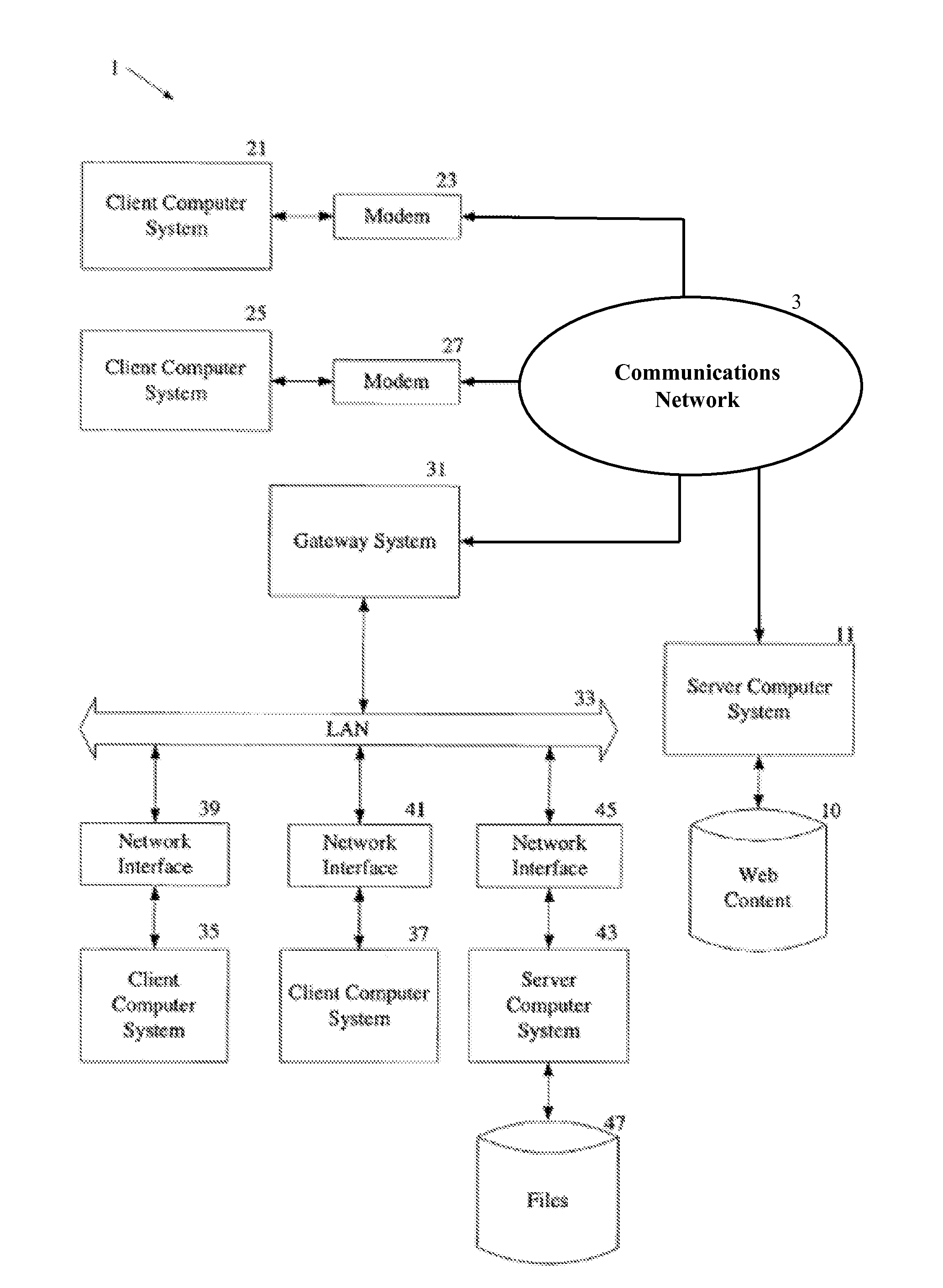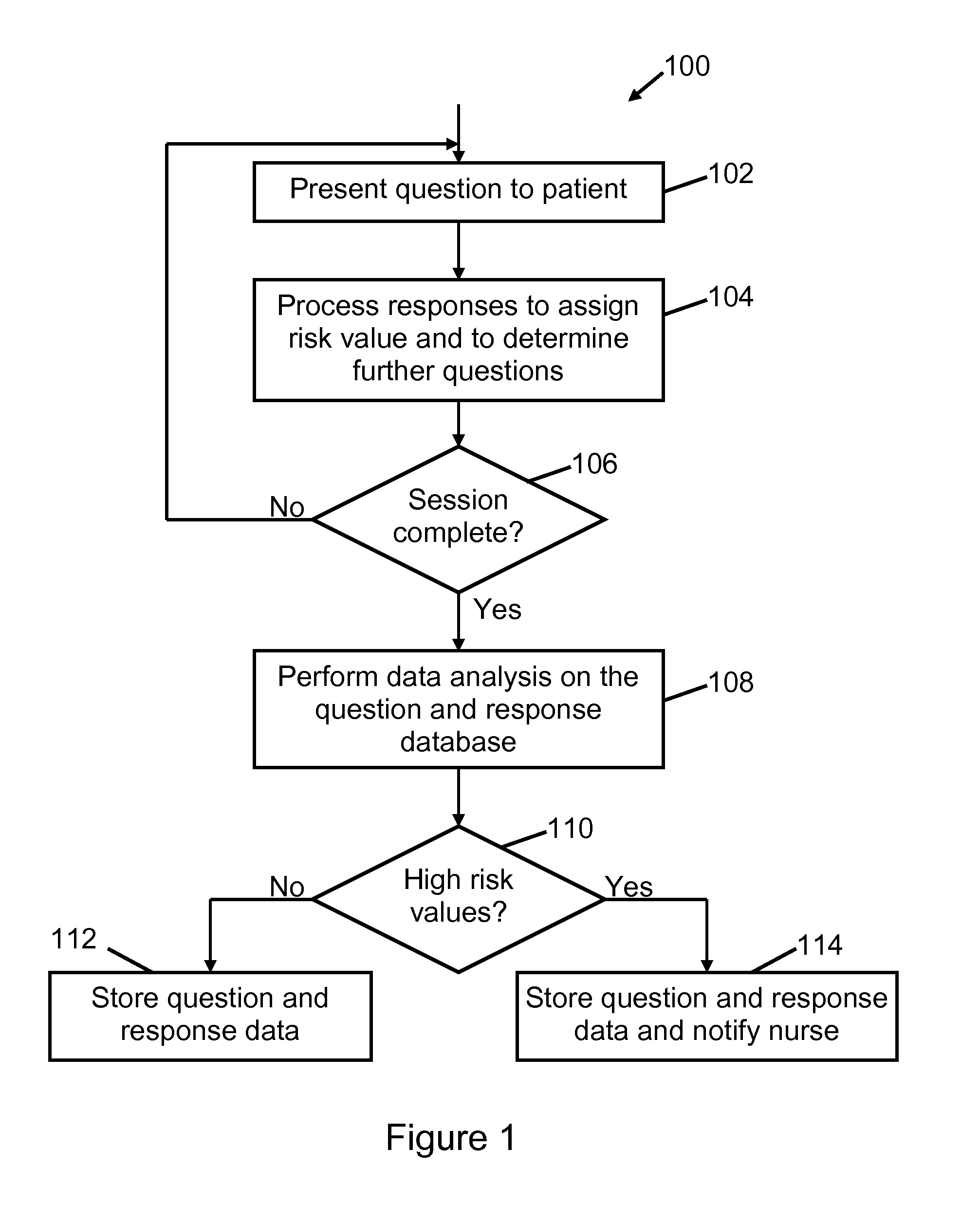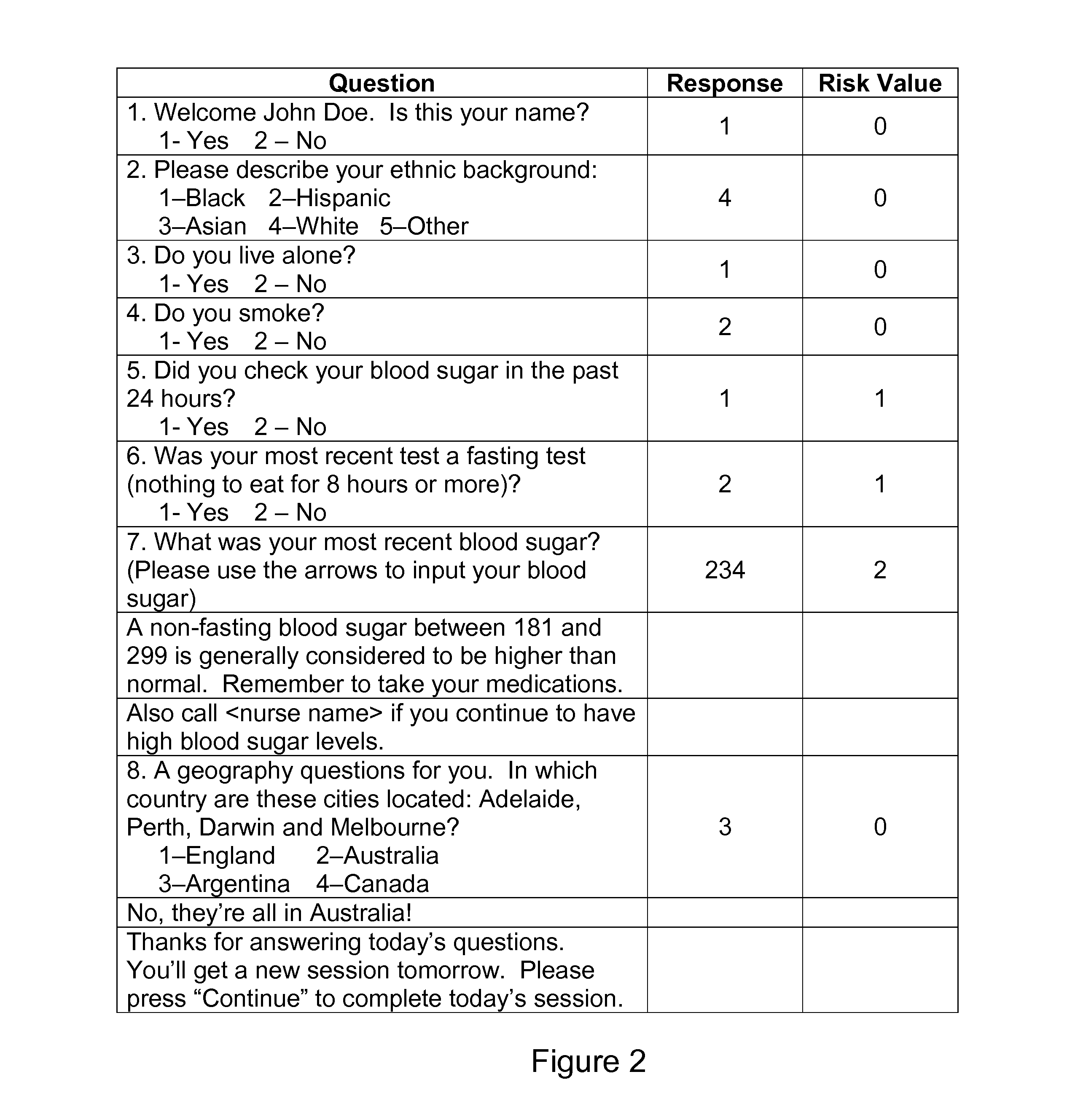System and method for clustering data in input and output spaces
- Summary
- Abstract
- Description
- Claims
- Application Information
AI Technical Summary
Benefits of technology
Problems solved by technology
Method used
Image
Examples
Embodiment Construction
[0027]Many data clustering algorithms use a metric to assess the homogeneity of samples within a cluster. The clustering algorithms typically consider sample homogeneity but not variable homogeneity. Both sample and variable (data) type homogeneity can be considered in the clustering process.
[0028]Data gathering is taking place in all aspects of the economy using available and new technology. For example, during on-line browsing and shopping, online retailers, other websites and service providers are monitoring activity of network users, collecting and storing activity data and analyzing that data to target advertisements, produce sales and generate revenue. There are also interactive query systems that generate data for analysis, such as helpdesk systems for customer service, or medical monitoring systems for patient health. There are numerous other systems and scenarios where data is collected and / or stored for analysis.
[0029]A medical monitoring system will be used as an example ...
PUM
 Login to View More
Login to View More Abstract
Description
Claims
Application Information
 Login to View More
Login to View More - R&D
- Intellectual Property
- Life Sciences
- Materials
- Tech Scout
- Unparalleled Data Quality
- Higher Quality Content
- 60% Fewer Hallucinations
Browse by: Latest US Patents, China's latest patents, Technical Efficacy Thesaurus, Application Domain, Technology Topic, Popular Technical Reports.
© 2025 PatSnap. All rights reserved.Legal|Privacy policy|Modern Slavery Act Transparency Statement|Sitemap|About US| Contact US: help@patsnap.com



